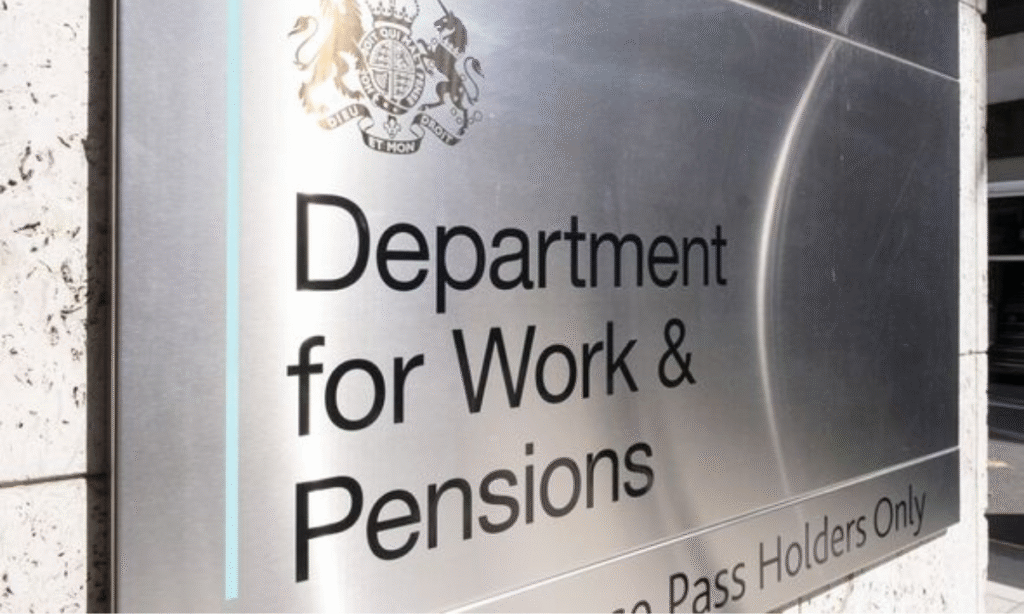In 2025, the UK government has once again stepped up to support its citizens by rolling out the Department for Work and Pensions (DWP) £200 Cost of Living Payment. Designed as a financial lifeline, this initiative targets low-income families and vulnerable households facing increased financial pressure due to the continuing rise in energy prices, food costs, and everyday living expenses. As the cost of living remains a major concern for millions, this payment serves as both a short-term relief and a part of the government’s broader economic support strategy.
Who Qualifies for the 2025 Cost of Living Support?
Eligibility for the DWP £200 payment in 2025 is based primarily on existing benefits and income levels. Households already receiving government assistance such as Universal Credit, Income Support, Pension Credit, or income-based Jobseeker’s Allowance are among those automatically considered. The government uses data from existing benefit claims to determine who qualifies, meaning most recipients won’t need to apply separately.
By targeting those on means-tested benefits, the DWP ensures the money goes directly to people in genuine need. These individuals often struggle the most to make ends meet, and for many, an extra £200 could cover essentials like groceries, utility bills, or childcare expenses. This initiative provides not just financial aid but also a sense of reassurance in uncertain times.
Why This Payment Matters in Today’s Economic Climate
The UK economy continues to face significant challenges, with inflation and wage stagnation making it harder for many households to maintain a decent standard of living. For low-income families, even minor increases in rent or electricity prices can tip their finances into crisis. The £200 Cost of Living Payment may seem modest, but in the context of tight budgets, it can make a real difference.
What sets this payment apart from previous initiatives is its timely rollout and direct impact. The government has been under pressure to respond to growing demands for support, and this payment signals a willingness to act. Although not a permanent fix, it reflects a step in the right direction, aligning with broader goals to reduce poverty and ensure social welfare.
Supporting Families Beyond Financial Aid

While financial support is critical, the DWP’s plan also highlights the need for more comprehensive assistance beyond one-off payments. Many advocates argue that long-term solutions should include better access to affordable housing, mental health services, job training, and childcare. This £200 payment is an important starting point, but it must be part of a broader conversation about social security reform in the UK. Government and community organizations are increasingly collaborating to deliver not just financial relief, but also educational and employment resources. When families are given tools to improve their income and wellbeing, the overall impact becomes more sustainable. The DWP payment, therefore, plays a dual role: helping in the moment, and pointing towards a more inclusive future.
What Families Should Expect Next
The payment is expected to be disbursed automatically in the coming months, with notifications going out to eligible individuals via their benefit portals or letters from DWP. Families are advised to keep their contact and banking information up to date to avoid delays. In addition, the government is also reviewing other forms of cost-of-living support that could complement this payment, including subsidies on energy bills and housing support programs.
This financial relief plan offers a much-needed cushion as households continue to cope with economic strain. For many families, it’s not just about money it’s about peace of mind, knowing that they’re not alone and that help is available. As the country navigates the evolving economic landscape, initiatives like the DWP £200 payment remain a crucial part of the safety net.

